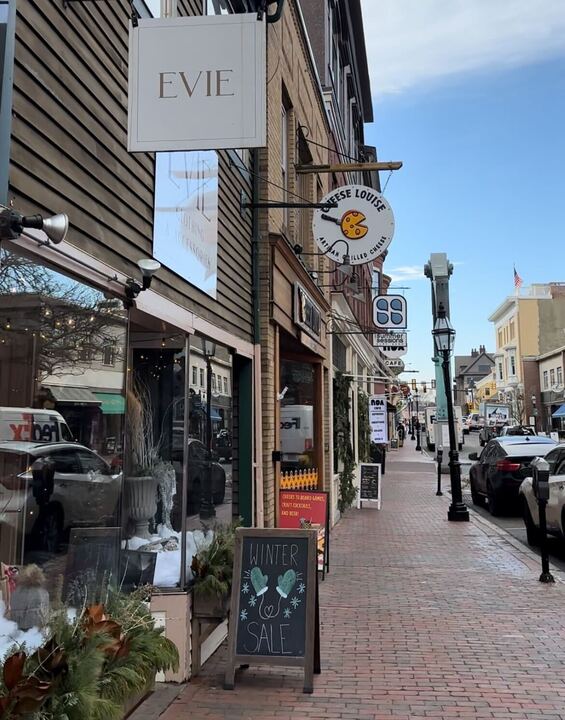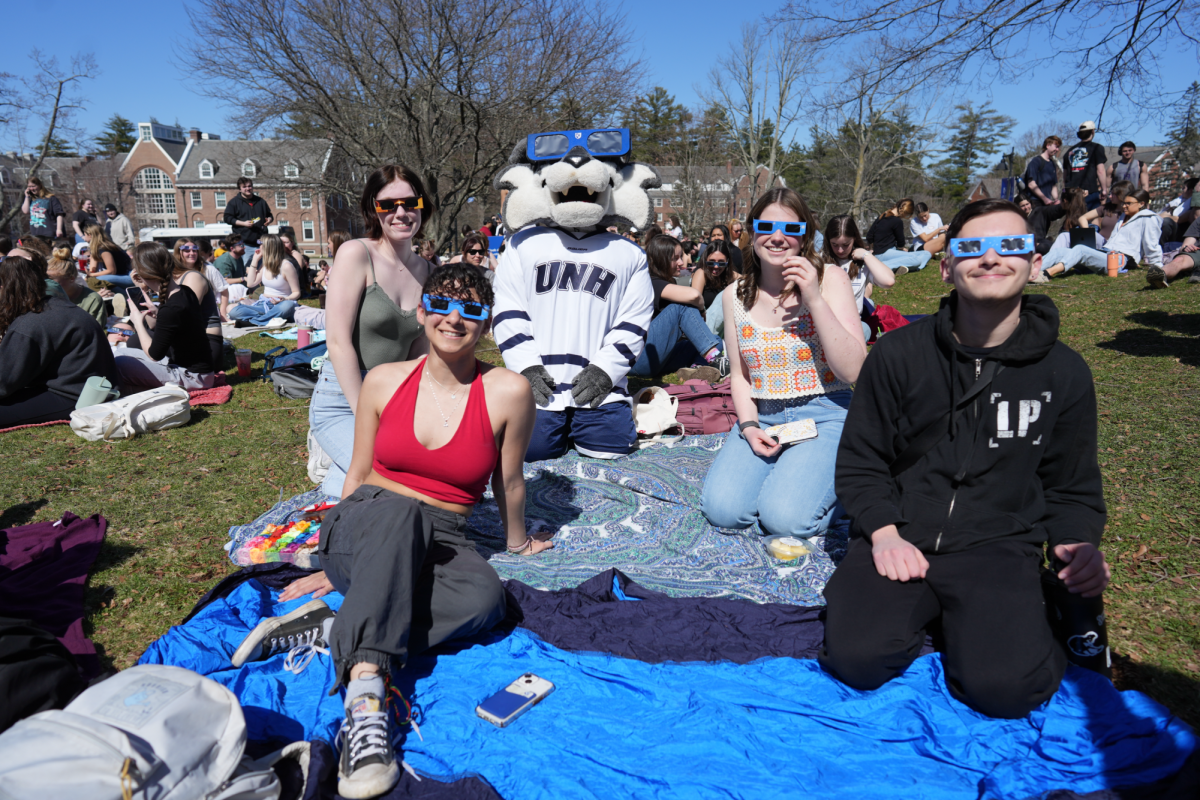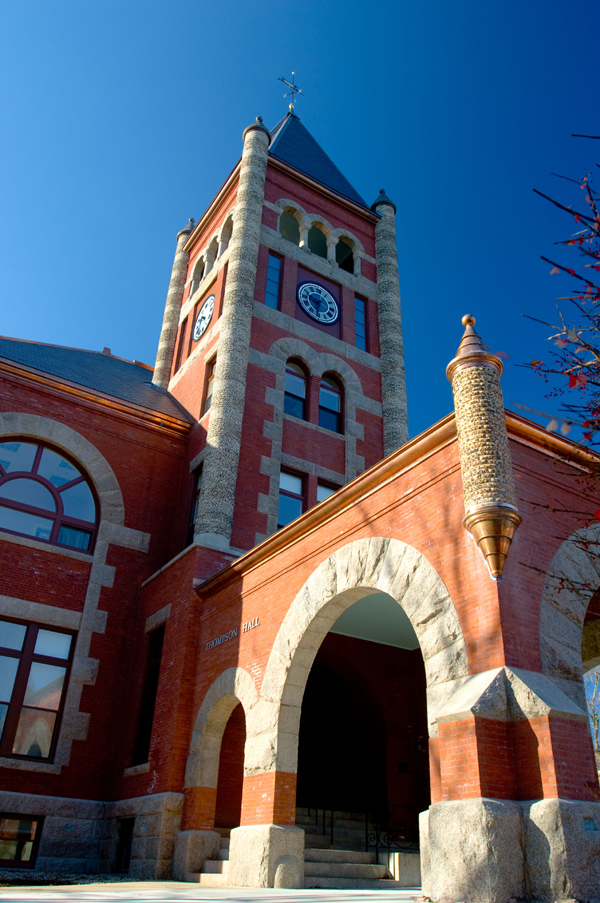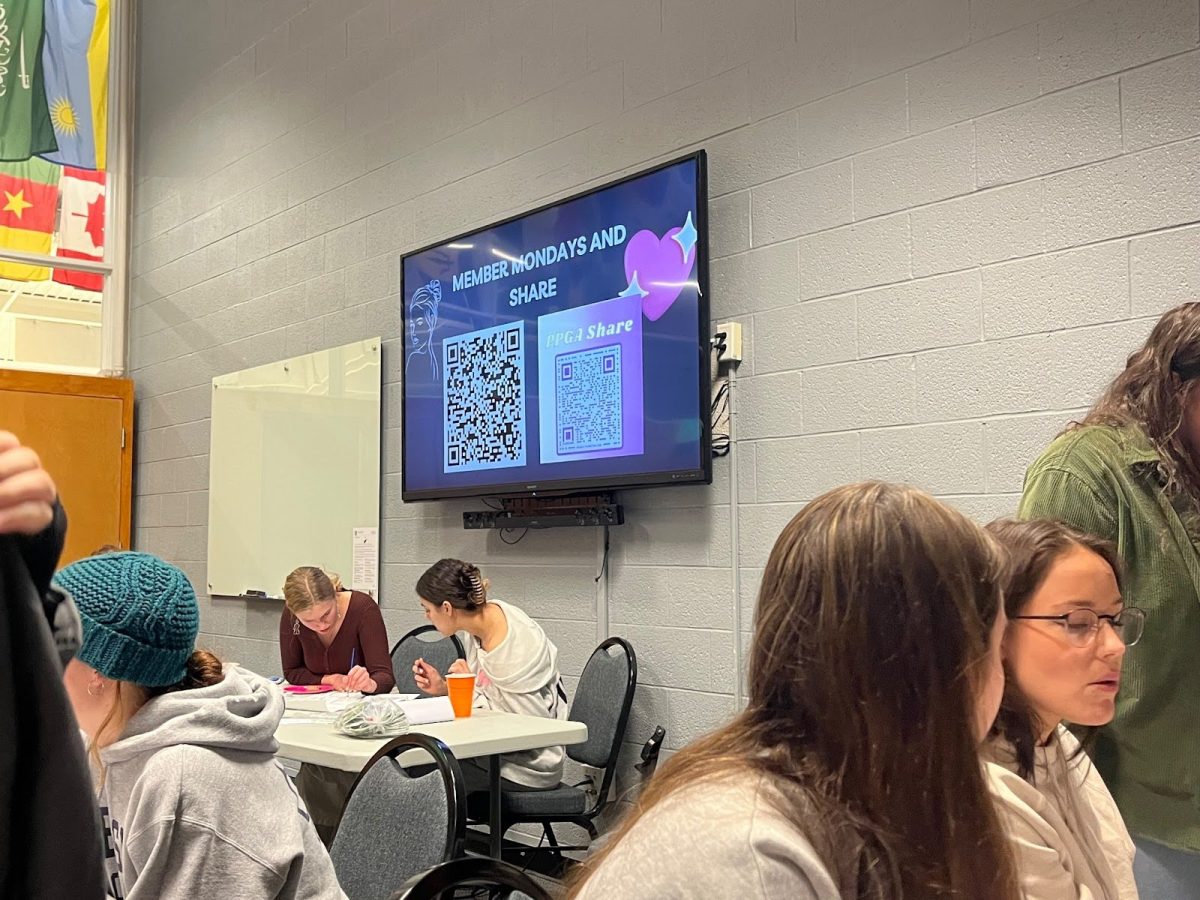By Megan Provencher
CONTRIBUTING WRITER
On Wednesday, the weather was beautiful compared to the past freezing mornings. The animals seemed to be just waking up and starting their day. A skittish cat scurried in front of the Organic Dairy Research Farm building. A dog laying on his side peered up at the people coming in and barked once to announce their arrival. Several cows across the way were moving out to the hay dropped off in the feeding area. It looked like any other farm besides a large white tent that held a group of researchers looking to change how people farm and interact with the ecosystem.
Twenty minutes later, a pack of students shuffled in with the professor ahead of the group with just the swishing sound of their plastic protective shoe coverings rubbing together.
The group of students was coming from UNH’s Intro to Dairy Herd Management course and seemed eager to be missing class in favor of the hands-on experience.
Kendra Krueger, a sophomore at UNH, had no idea what to expect at the Organic Dairy Research Farm.
“Cows are my favorite animal,” Krueger said. “I love them—whatever I can learn about them is good for me.”
Another student in the class, Jessica Willoughby, a freshman animal science major with a concentration in dairy management seemed to be in her niche. She knew very little about the farm’s research projects but was very excited to learn about the steps the farm was taking to try to better ways to take care of animals.
“That’s kind of what I want to do early on in my career,” Willoughby said. “So I kind of want to learn about all of it.”
The farm manager, Nicole Guindon, was not shy to talk about the farm’s mission and what they do there. She works closely with cow and breeding calf care, training employees, and field and hay work.
“Our primary mission here is research,” Guindon said. “And keeping those things in a working order makes it easier for research to happen and helps the researchers to get their projects off the ground and organized and feasible.”
Guindon knew that the students and visitors would probably be most interested in dairy research here.
“I don’t know how much the public necessarily is aware of how much other research we do here,” Guindon said. “We can show them all the other stuff that does happen here like natural resources, bees, soils, and water research.”
On a community level, the research facility’s mission also is geared toward other farms. Guindon wanted people to know that over the last two years, there has been a lot of research going on for farms in particular.
“Our focus is to do the research that can help farmers do their jobs,” Guindon said. “Their livelihood depends on their farms, so trying to ask them to try new things is kind of a lot to ask—we can do that research and provide that knowledge for them to move forward.”
All the students and some of the guests piled toward the silvopasture management system. It was a long walk behind the farm and the pastures but guests were walking quickly to see what this “silvopasture” was.
The group stopped just where the woods started, a clearing of trees with only the wood trimmings and stumps left to show that this use to be alive with trees. Looking in to the clearing on the right, a thinned out area of the pasture with many trees scattered throughout the field were shading the opened pasture. This part was the silvopasture.
A silvopasture is land cleared for grazing, but some trees have been left to allow shade for the cows. The theory is that it is healthier for the environment to allow trees to flourish.
The students were interested in the study that would allow cows to choose between shaded pastures and open pastures to fuel just one part of many study results in the silvopasture management system.
“It’s cool how they integrate the silvopasture and the trees,” Krueger said. “It’s environment friendly, as well as friendly for the cows.”
“I never really thought of doing combination of clearing land and leaving up trees,” Willoughby said. “It makes sense because in the summer it gets really hot—and animals don’t like when it’s hot.”
Another student, Ben Marston, was really interested in taking the class lecture on nutrition and applying it to the field trip.
“This was the closes thing to nutrition,” Marston said. “That one [the silvopasture] definitely seems like something it could be worthwhile—once it takes off I think it will be.”



















